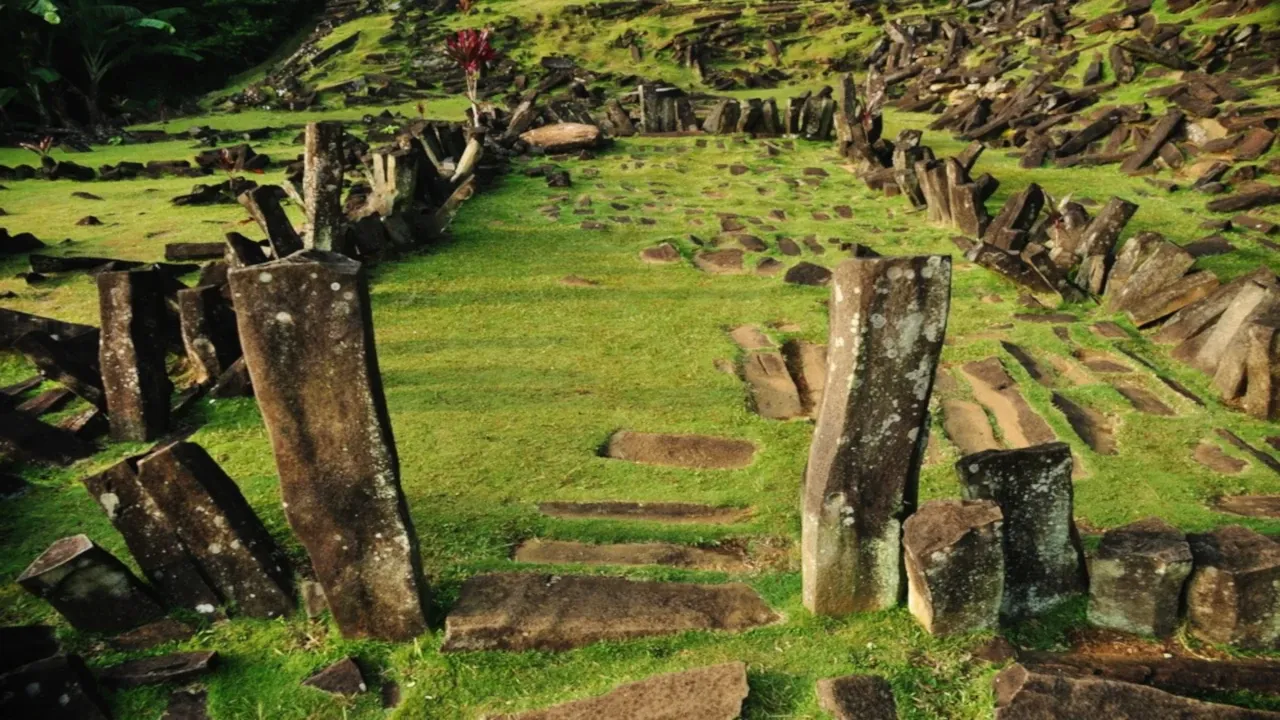Every day that passes we learn something new about the
history of humanity, in this case, we will address a topic belonging to
prehistoric art: megalithic architecture. Megalithism or megalithic art has its
beginnings in the Neolithic age. The definition of megalithic architecture in
Greek terms says that "mega" has to do with the ostentatious, the
big, and "lithos" with the stone.
These megalithic stone monuments were built to meet specific
needs such as worship, where they premeditated the passage of time and
calculated the start of the weather seasons, funerary spaces (tombs), and the
delimitation of territories.
What is meant by megalithic architecture?
They are megalithic constructions made with huge stone
blocks strategically placed one on top of the other until they formed a
conglomerate that was later destined for some use. Structurally we know that
different types of megalithic architecture are described below.
Types of megalithic architecture during the Neolithic
It seems that the megalithic structures were just a pile of
meaningless stones, but these go beyond visual perception. They fulfilled and
covered human needs in a deprived way and it is difficult to know of the feats
with which they were made.
Menhirs: This is the most basic element of the megalithic,
they were large stones buried and oriented vertically.
Dolmens: A chamber composed of several menhirs was formed to
later place a stone on top of these as a slab. Normally these constructions
were used as tombs.
Cromlech: They stacked many menhirs commonly arranged in a
circular base. They were mainly built around dolmens, with time they became
divine enclosures.
Corridor tombs: They were dolmens built in series until
creating a corridor that, at the other end, ended in a group of menhirs. They
were also driven in until they formed a circle that functioned as a burial area
or funerary place.
How were they built?
The characteristics of monumental architecture based on what
historians and archaeologists have discovered, it was concluded that executing
these constructions was possible only if societies came together and organized
to work collectively. But they had to be hundreds of thousands of people since
these mega structures are so huge and they were explicitly impossible to realize
due to the lack of technology at that time.
This was also possible, thanks to the will of the societies
since their spiritual beliefs were so important that they forced them to work
side by side. In technical matters, with the help of rudimentary tools based on
ropes, wood, and metal they could transport, lift the stones and give them
shape.
- The construction process of megalithic architecture, like any other, began by preparing the ground and clearing the undergrowth.
- Then the perimeter is traced and with the help of wooden stakes trenches were dug to receive the huge stone blocks that will serve as perimeter walls.
- Once finished, ramps are created with tamped earth through which the stones will be moved until they fit into the foundation trenches.
- Stones are then extracted from the ground and slid with wooden rollers over rails, the transfer is carried out with the help of the entire community.
- Slowly the edge of the ditch is reached and the stone is pushed looking for the balance point so that it does not continue straight ahead. Later, with the help of pulleys, the stone is positioned and placed vertically.
- When they finished placing the perimeter walls, they began by driving in the central pillars.
For these communities, the monumental megalithic architecture could serve to ideologically establish the presence and roots of society on earth. Some megaliths are true repositories of genealogical and cultural identity.
